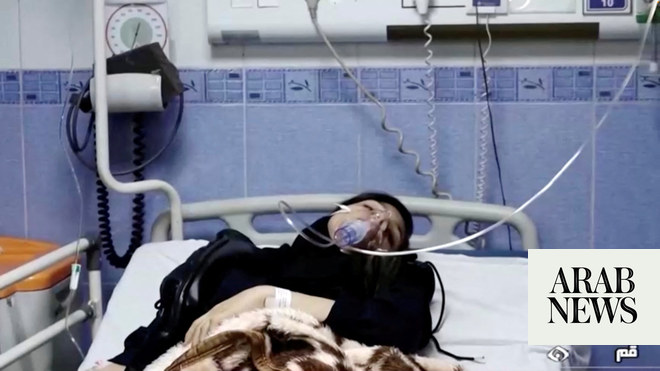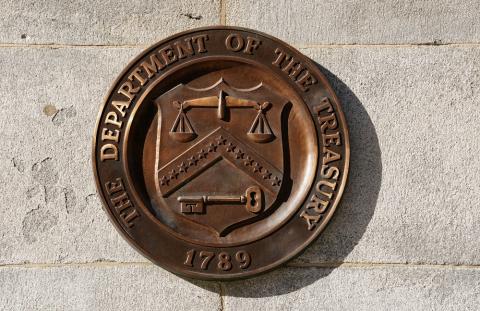
Iranian currency now trading at a rate of more than 120,000 to the dollar
Iranian police have been busy breaking up protest rallies across the country lately
JEDDAH: Fresh protests broke out in several Iranian cities on Thursday amid growing concern and anger over the dramatic drop in the value of the country’s currency, and other economic problems, ahead of the impending imposition of renewed American sanctions.
Iran’s state-run IRNA news agency said that about 100 people took to the streets in the northern city of Sari, as well as unspecified numbers in Shiraz, Ahvaz and Mashhad. The agency reported that none of the protests had received official permission and were broken up by police.
On Tuesday and Wednesday, about 200 people demonstrated in the city of Karaj, west of Tehran, according to IRNA. Police said the demonstrators had attempted to damage public buildings but were unable to, the agency reported without giving any further details.
In videos that circulated on social media, purportedly filmed in the town of Gohardasht, a suburb of Karaj, dozens of demonstrators can be seen in the streets setting fire to police vehicles and shouting “Death to the dictator.” Police responded with tear gas. The authenticity of the videos could not immediately be verified.
The Iranian rial has fallen to a record low amid growing concern about the renewed American sanctions, which are due to take effect on Monday.
Oubai Shahbandar, a Syrian-American analyst and fellow at the New America Foundation’s International Security Program, said the protests were steadily growing and spreading.
“The very dire social conditions underlying the unrest that led to the Iranian revolution in 1979 seem to be very much in play today,” he said. “The fact that much of these protests are taking place both in major towns and villages in the countryside is a major concern for the leadership in Tehran.”
He said any kind of economic bailout is unlikely given the imminent international sanctions Iran is facing.
“This means that Iran’s energy exports are not likely to offer the desperately needed economic windfall that Tehran needs to stem the hemorrhaging of its currency and rapidly rising inflation,” said Shahbandar. “The ensuing political and social instability will undoubtedly crescendo into an existential crisis for (Supreme Leader Ali) Khamenei’s rule if popular demands for reform are not met in earnest.”
Harvard scholar Majid Rafizadeh, an expert on Iranian affairs, said the protests were the continuation of a nationwide anti-government movement that began in late December.
“The latest unrest broke out in the major cities of Isfahan, Karaj, Shiraz, Rasht and Tabriz, and are rapidly spreading across Iran,” he said.
“Many of the protesters initially took to the streets to express outrage over an ongoing crisis of unemployment and currency devaluation but the demonstrations quickly took on a political tone, with calls for the ouster of the Iranian government.”
Rafizadeh said that the value of the Iranian rial hit a record low on Wednesday, trading at a rate of more than 120,000 to the dollar.
“The protests that erupted the following day made it clear that the Iranian people place the blame for their economic hardships squarely on the mismanagement and corruption of the ruling regime,” he said. “Unless the Iranian regime addresses people’s grievances and alters its policies fundamentally, the protests, which are of a political and economic nature, will more than likely continue to grow and potentially endanger the hold on power of the Iranian regime.”












